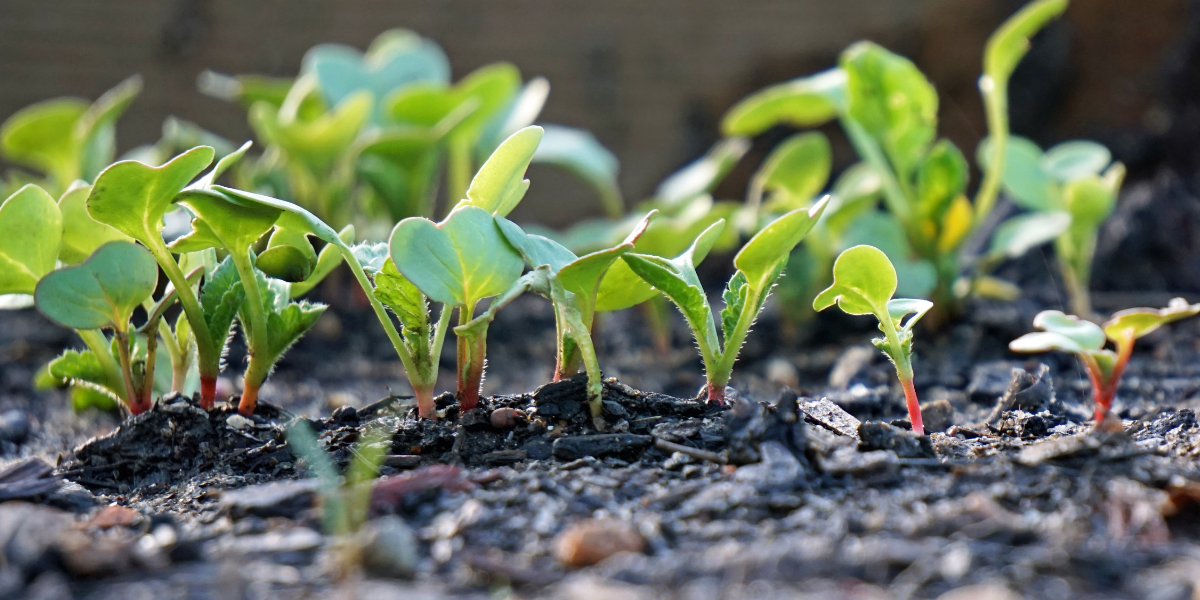Pharmac proposes to commence FreeStyle Libre 2 subsidy for people living with type 1 diabetes! Read more
 Menu
Menu
04 Jun 2019

DNA extraction from plants follows the same principles of standard isolation protocols – with some caveats. For one, lysing the cell to extract DNA from within is complicated by the presence of the cell wall, which must be broken down before the cytoplasm can be exposed. This process can then contaminate the sample and affect results. The other key difference is the sheer diversity of plant cells compared to those of mammalian cells. Even within individual species, it’s important to consider the distinctions between cells; from those in bark to those in stems and leaves.
Any approach to DNA extraction from plants is, therefore, dictated by the species and sample type. It may also vary depending on the downstream application.
In this article, we explore some of the differences between DNA extraction from plants and mammalian cells. While we’re at it, we will also look at how DNA extraction from plants can vary between plant species and sample types.
DNA Extraction from Plants, a Typical Process
Sample Harvesting
A typical process of plant DNA extraction starts with sample harvesting. Differences are already encountered at this stage as the sampling method is dictated by the sample type. Here, we’ll outline just a few examples of typical harvesting processes:
Contaminants
Plant cells generally contain more inhibitory contaminants than mammalian cells. This is due to the breakdown of the cell wall, which releases polyphenols and polysaccharides that can inhibit downstream applications such as PCR.
Contamination can be combated in myriad ways, though the most commonly utilized compound is cetyltrimethylammonium bromide (CTAB). CTAB is a cationic detergent that complexes with polysaccharide, lipids and residual protein allowing for their removal during the extraction process. Keep in mind, CTAB is also often used in conjunction with other compounds to refine the purification process.
Plant Cells vs Mammalian Cells – A Summary
Although each of these tissue types is distinct, they all follow the same process when it comes to DNA extraction from plants. Specific tissues of interest must be isolated and then physically disrupted by mechanical grinding. Unlike mammalian tissues, mechanical agitation is essential for lysing plant cells and exposing genomic DNA due to the presence of the cell wall. After the samples have been ground, they are subjected to a series of extraction solutions.
DNA extraction solutions are typically aqueous, containing various components, including buffers; salts; detergents; phenolic binders; and enzymes. Different buffers are optimized for different sample types, so ensuring you’ve got the right mix of these components in your solution is key to maximizing the yield and purity of your desired DNA.
DNA extraction from plants can be extremely time-consuming. However, improvements in extraction technologies paired with automation have increased the yield and throughput of genomic DNA extraction. Novel assays and grinding tools have also been developed to improve DNA yield from hard-to-lyse samples and challenging plant tissues.
DNA Extraction from Plants with Mediray
Mediray supports professionals in research and industrial applications with a proprietary range of products designed to help with DNA extraction from plants. Even hard-to-lyse samples can be extracted with simplicity and convenience. We offer bead tubes to accompany traditional homogenization techniques and a portfolio of unique Macherey-Nagel isolation kits, providing up to 60% more DNA compared to standard extraction techniques.
If you’d like to learn more about the Key Principles of DNA Isolation from Plants, just contact a member of the team.
If you enjoyed reading our articles, why not sign up to our blog mailing list? You'll get new articles straight to your inbox as they're released!